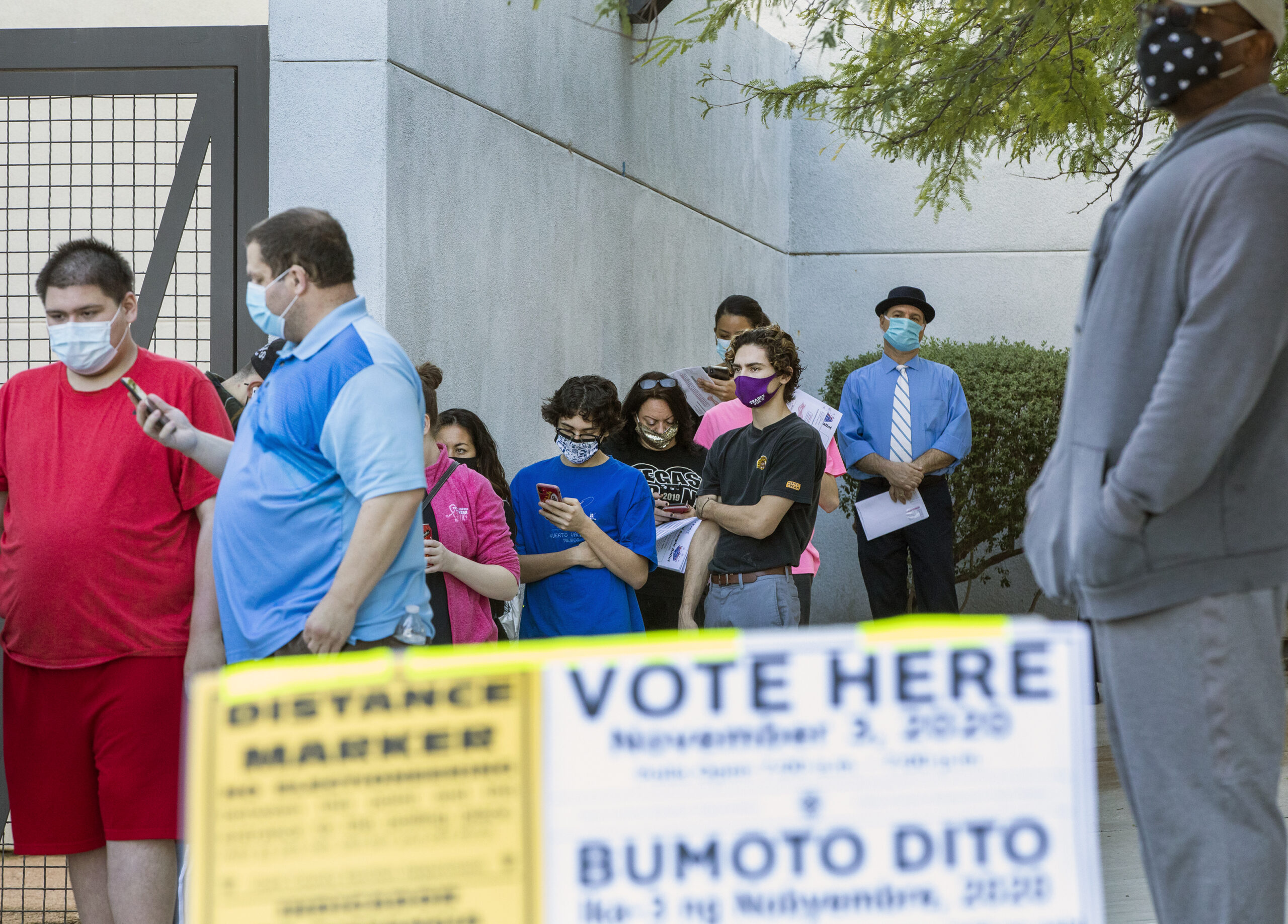Transition to state-led, top-down voter database delayed, expected later than 2024

State election officials plan to submit a bill asking lawmakers for two more years to implement a new state-led voter registration system, as transitioning away from the current county-led system by a January 2024 deadline appears unlikely.
Earlier this month, Deputy Secretary of State for Elections Mark Wlaschin told legislators on an interim elections committee that his office is still aiming to meet the 2024 deadline established by AB422, but he expects the project to be finished closer to 2026.
Wlaschin said their goal was “to not do it quickly, but to do it properly,” pointing to recent technical issues that state election officials faced in Washington and West Virginia when moving to new statewide voter registration databases.
A 2017 report from the U.S. Election Assistance Commission identified Nevada as one of just six states with a bottom-up voter registration system, in which individual counties maintain their own voter lists and transmit that data to the state on a daily basis.
But a top-down, centralized system, in which the state manages a voter registration database and transmits that data to local jurisdictions, is generally meant to improve the efficiency and uniformity of voter roll maintenance. Local election officials also expect the system to help with same-day voter registration.
Though the project has so far been funded through grant funds from the Help America Vote Act (HAVA), Wlaschin said his office intends to ask the Legislature for more money during the 2023 session to complete the project.
During the committee meeting on April 1, Assemblywoman Maggie Carlton (D-Las Vegas) suggested the state should discuss clawing back funds it previously provided to counties for new election equipment — a 2017 measure approved by the Legislature set aside $1.8 million to help rural counties purchase new voting machines.
“When the counties came and asked for help, we helped them, and now they've decided they don't want it,” Carlton said. “I believe those funds need to be returned to the state, if they're not going to be used.”
Wlaschin noted Lander County, which last year switched from Dominion Voting Systems to ES&S as its election equipment provider, had “transitioned from the voting system that was purchased using the funds from that legislative session.”
As the state presses forward with its transition to a top-down database, Wlaschin said his office has decided to find a “commercial off-the-shelf solution” for implementing the new system, a less expensive and resource-intensive option than purchasing a custom-built system, which could cost upwards of $12 million, or constructing a database with in-house IT staff, which would require 19 workers dedicated to the project.
Editor’s Note: This story appears in Indy 2022, The Nevada Independent’s newsletter dedicated to comprehensive coverage of the 2022 election. Sign up for the newsletter here.
